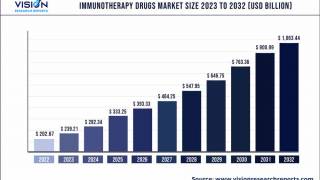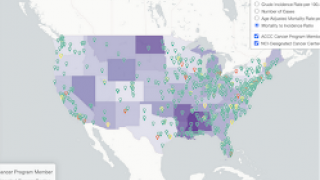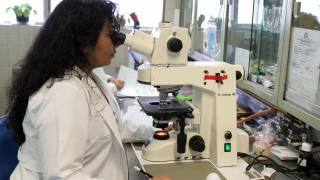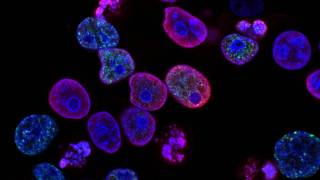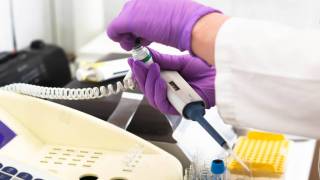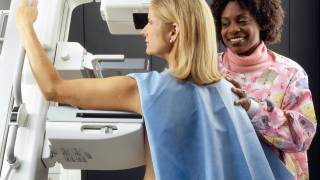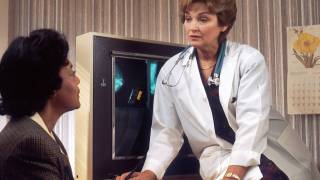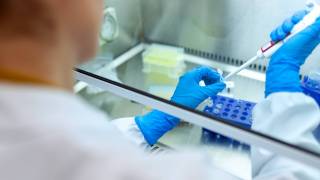HPV Infected Males 20x More Likely to be Reinfected

A new analysis of genital human papillomavirus (HPV) in males shows that infection with one subtype strongly increases the risk of reinfection with the same type later on.
According to this research, this repeated risk suggests that HPV infection confers no natural immunity against HPV.
Which is often the situation with other viruses.
These results also show that men who are infected once with HPV16, the type responsible for most HPV-related cancers, are at 20 times higher risk of reinfection after one year.
And, 14 times higher risk of reinfection after two years.
Additionally, these researchers report because of the high risk of reinfection, vaccinating boys who have not yet been exposed may be crucial to reduce prevalence.
But, this study’s results suggest that there may also be large benefits to vaccinating previously infected individuals.
This study, published in the Proceedings of the National Academy of Sciences, highlights the importance of preventing the spread of HPV in young men before they become sexually active.
Understanding the factors underlying the prevalence and diversity of over 200 HPV types is necessary to predict the effects of multivalent vaccines.
"Vaccinating boys before HPV exposure could be a highly effective way to reduce the burden of HPV. Vaccinating men who have already been infected might also be effective," said Sylvia Ranjeva, a Ph.D. student in the University of Chicago Department of Ecology and Evolution and the Pritzker School of Medicine, who led the study.
"That's what makes this a biologically significant result," Ranjeva said. "The best thing we can do is prevent the initial infection by vaccinating boys before sexual contact.
“However, if the increased risk of reinfection is due to auto-inoculation, then another effective strategy may be to vaccinate previously infected men as well," said Ranjeva.
In a recent Phase 3 clinical trial for GARDASIL® 9 (Human Papillomavirus 9-valent Vaccine, Recombinant) showed sustained efficacy for up to six years, and antibody responses over five years.
GARDASIL 9 includes the greatest number of HPV types in any available HPV vaccine, and is approved for use in more than 60 countries,
After HPV types 16 and 18, the five additional HPV types in GARDASIL 9 are the most common cervical cancer-causing types worldwide.
Seven HPV types in GARDASIL 9 (HPV 16, 18, 31, 33, 45, 52 and 58) cause approximately 90 percent of cervical cancer cases and approximately 80 percent of high-grade cervical lesions (cervical precancers, defined as CIN 2, CIN 3 and AIS) worldwide.
These seven HPV types also cause 85-90 percent of HPV-related vulvar cancers, 80-85 percent of HPV-related vaginal cancers, and 90-95 percent of HPV-related anal cancers.
In addition, approximately 50 percent of cases of low-grade cervical lesions (CIN 1) are caused by the nine HPV types included in the vaccine.
The CDC Vaccine Price List provides the private sector vaccine prices for general information.
Most pharmacies offer vaccination services, including HPV.
HPV vaccine discounts can be found here.
Author contributions: S.L.R., G.D., and S.C. designed research; S.L.R., L.L.V., E.L.-P., and A.R.G. performed research; E.B.B. and V.D. contributed new reagents/analytic tools; S.L.R. analyzed data; V.D. provided statistical expertise for the mathematical models; L.L.V., E.L.-P., and A.R.G. contributed the clinical data; A.R.G. provided epidemiological expertise to the analysis; and S.L.R., G.D., and S.C. wrote the paper.
Conflict of interest statement: L.L.V. is a consultant and member of the board of Merck, Sharp & Dohme for the HPV prophylactic vaccine. The institution of A.R.G. has received and currently receives grant funds on her behalf from Merck & Co for investigator-initiated research. A.R.G. also serves on the Scientific and Advisory Boards for Merck & Co. Neither of these relate to the submitted work.
All other authors declare no conflict of interest. Correspondence should be addressed. Email: [email protected].
Our Trust Standards: Medical Advisory Committee



